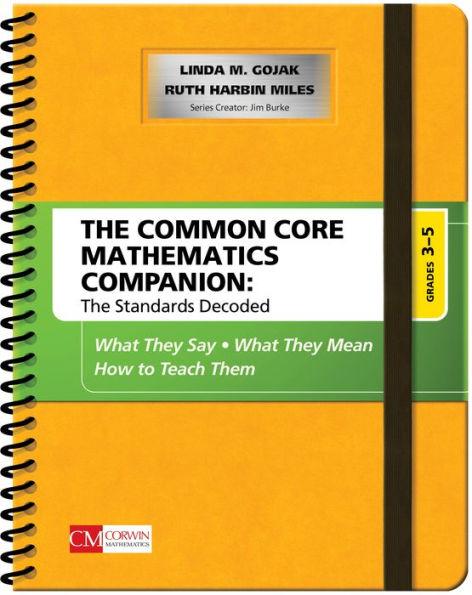5
1
9781483381602



The Common Core Mathematics Companion: The Standards Decoded, Grades 3-5: What They Say, What They Mean, How to Teach Them / Edition 1 available in eBook, Other Format

The Common Core Mathematics Companion: The Standards Decoded, Grades 3-5: What They Say, What They Mean, How to Teach Them / Edition 1
- ISBN-10:
- 1483381609
- ISBN-13:
- 9781483381602
- Pub. Date:
- 07/15/2015
- Publisher:
- SAGE Publications
- ISBN-10:
- 1483381609
- ISBN-13:
- 9781483381602
- Pub. Date:
- 07/15/2015
- Publisher:
- SAGE Publications

The Common Core Mathematics Companion: The Standards Decoded, Grades 3-5: What They Say, What They Mean, How to Teach Them / Edition 1
$39.95
39.95
In Stock

Product Details
| ISBN-13: | 9781483381602 |
|---|---|
| Publisher: | SAGE Publications |
| Publication date: | 07/15/2015 |
| Series: | Corwin Mathematics Series |
| Edition description: | New Edition |
| Pages: | 320 |
| Sales rank: | 167,707 |
| Product dimensions: | 8.90(w) x 11.00(h) x 1.10(d) |
About the Author
From the B&N Reads Blog

